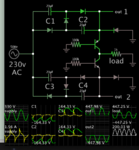UNiT5
Newbie level 4

I own a small "200w" 12v dc to 240v ac inverter i bought to power a lighting ballast.
The ballast actually needs between 330v ac to 400 ac to turn on.
This inverter i found out actually produces around 330v ac but is then stepped down to 220 - 240v ac.
I managed to jump the 330v source and ran the 330v source out to my lighting ballast.
Here is a picture of that inverter
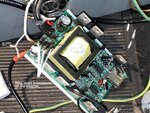
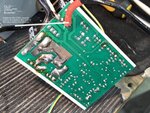
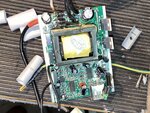
It was working fine a few years back but bringing it out of its hibernation i've tried to power the lighting ballast only to find the ballast making a weird buzzing sound.
After testing the output voltage of the jumped transistor, it was reading 280v which is about 50v shy of what the ballast needs.
I then went to my local electronics store and picked up a new 150w inverter which is much larger then the older one i have.
After pulling the guts out of that one thinking that the schematics would be the same, i'm having a hard time trying to work out finding a voltage source on this board 330v or greater.
I've tried pronging around with my multimeter to no avail.
Am wondering if it would be possible on such board.
Here is some pics of the new inverter
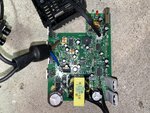
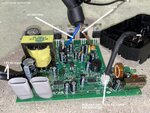
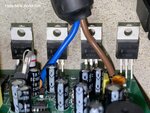
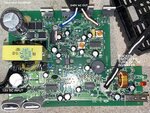
Kind regards
The ballast actually needs between 330v ac to 400 ac to turn on.
This inverter i found out actually produces around 330v ac but is then stepped down to 220 - 240v ac.
I managed to jump the 330v source and ran the 330v source out to my lighting ballast.
Here is a picture of that inverter



It was working fine a few years back but bringing it out of its hibernation i've tried to power the lighting ballast only to find the ballast making a weird buzzing sound.
After testing the output voltage of the jumped transistor, it was reading 280v which is about 50v shy of what the ballast needs.
I then went to my local electronics store and picked up a new 150w inverter which is much larger then the older one i have.
After pulling the guts out of that one thinking that the schematics would be the same, i'm having a hard time trying to work out finding a voltage source on this board 330v or greater.
I've tried pronging around with my multimeter to no avail.
Am wondering if it would be possible on such board.
Here is some pics of the new inverter




Kind regards

